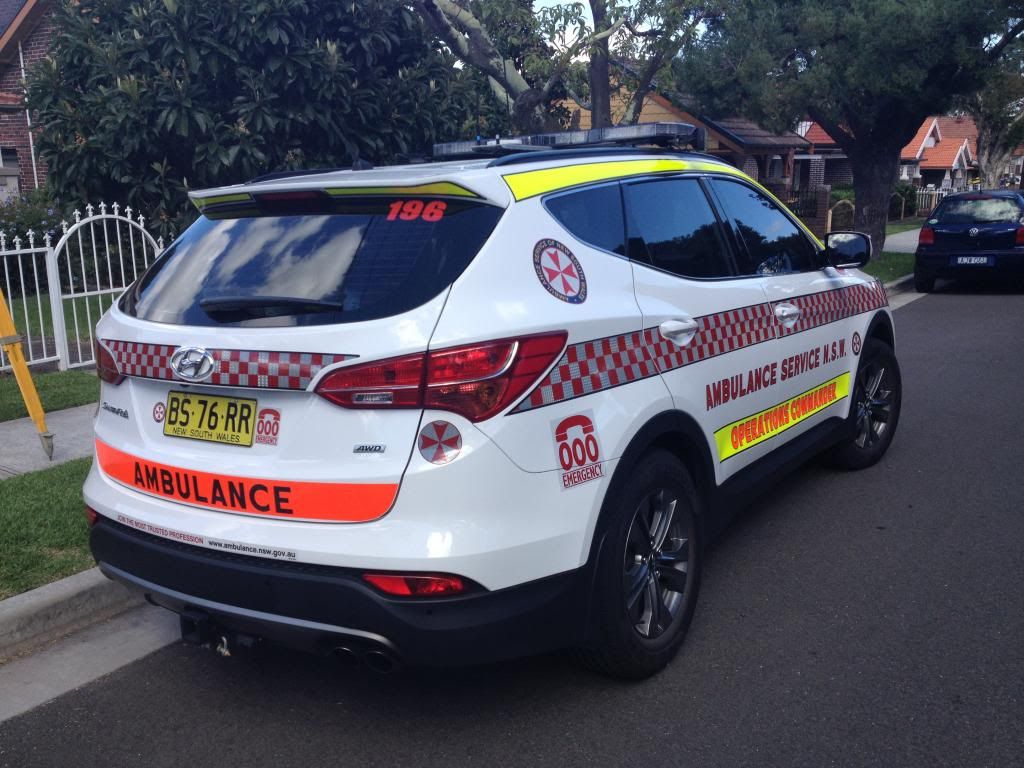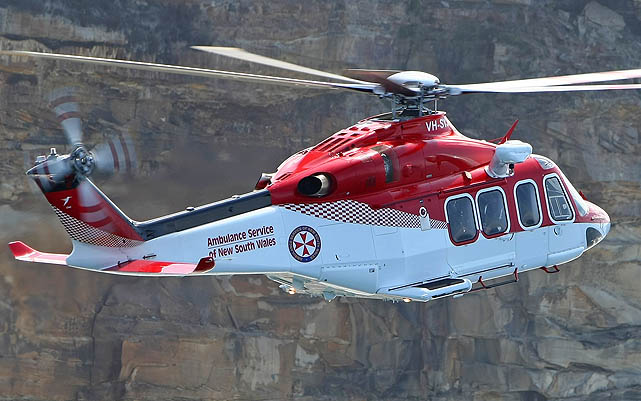When you think of an Ambulance, most people think of a big Mercedes Van but there are many more Ambulance vehicles in a fleet that you don’t see everyday.
For an example, the New South Wales Ambulance Service has one of the largest and most modern public ambulance fleets in the world, made up of approximately 1500 vehicles, of which over 1000 are front line ambulance vehicles with an average age of 20 months. The majority of their ambulance vehicles are leased for a maximum period of three years, with the exception of Toyota Landcruiser that are leased for four years. They replace approximately 450 vehicles per year, of which 320 are frontline vehicles. Their road fleet travels approximately 44,000,000 kilometres per year; this equals approximately 121,000 kilometres per day.

Here are a few vehicles you might see around Australia:
Mercedes Sprinter Van
The most common metropolitan ambulance is the Mercedes Sprinters (See image), which is a uniform vehicle across Australia. This is used by Advanced Care Paramedics and Patient Transport Officers
Toyota Landcrusier 4×4

In rural areas, due to the need for extra traction or rough roads, 4×4 vehicles are common, based upon a Toyota Landcruiser Cab Chassis (1+1 modular 4x4s) or Toyota Landcruiser Troopcarrier. Both 4x4s carry one stretcher patient in addition to the normal equipment found on a typical Mercedes Sprinter.
Rescue Trucks
Ambulance rescue vehicles are equipped with a vast array of equipment including hydraulic tools, air tools, hand held global positioning satellite units, fibre optic search scopes, portable atmospheric testing units, lighting and breathing apparatus.
Motor Bikes

Whilst a motorbike isn’t able to carry patients, it is able to move through heavy traffic faster than a road ambulance and therefore reach the patient sooner. A road ambulance is dispatched at the same time as one of the motorcycles.
SUV
Critical Care Paramedics (formally known as ICPs) and stations OICS often drive Hyundai Santa Fe’s. These vehicles cannot carry patients, however they carry much of the same equipment as the Sprinters, as well as specialised equipment, with their sole purpose serving as fast response vehicles.
Cycle Response Bikes
Typically only needed at events, mountain bikes are used by specially trained and equipped health staff who can rapidly respond to an incident by bike.

Bus
This is a relative new addition to the Ambulance fleet. Used at events or for patient transport, the particular bus pictured can carry up to 12 patients – 6 on stretchers and 6 seated. As this is only new, there are different variations being released.
Helicopter
Used for patient retrieval these helicopters are integral members of an Ambulance Services fleet. On out-of-hospital missions, their aim is to bring the Emergency Department to the patient as soon as possible following trauma. On inter-hospital missions, their aim is to take the Intensive Care Unit to the patient wherever they are.

Aeroplane
Air Ambulances provide specialised medical care and transport to hospital for people living in remote areas. They also provide long haul transport for critically ill patients. A great example of this is the Royal Flying Doctor Service that works in conjunction with many State Ambulance Services.